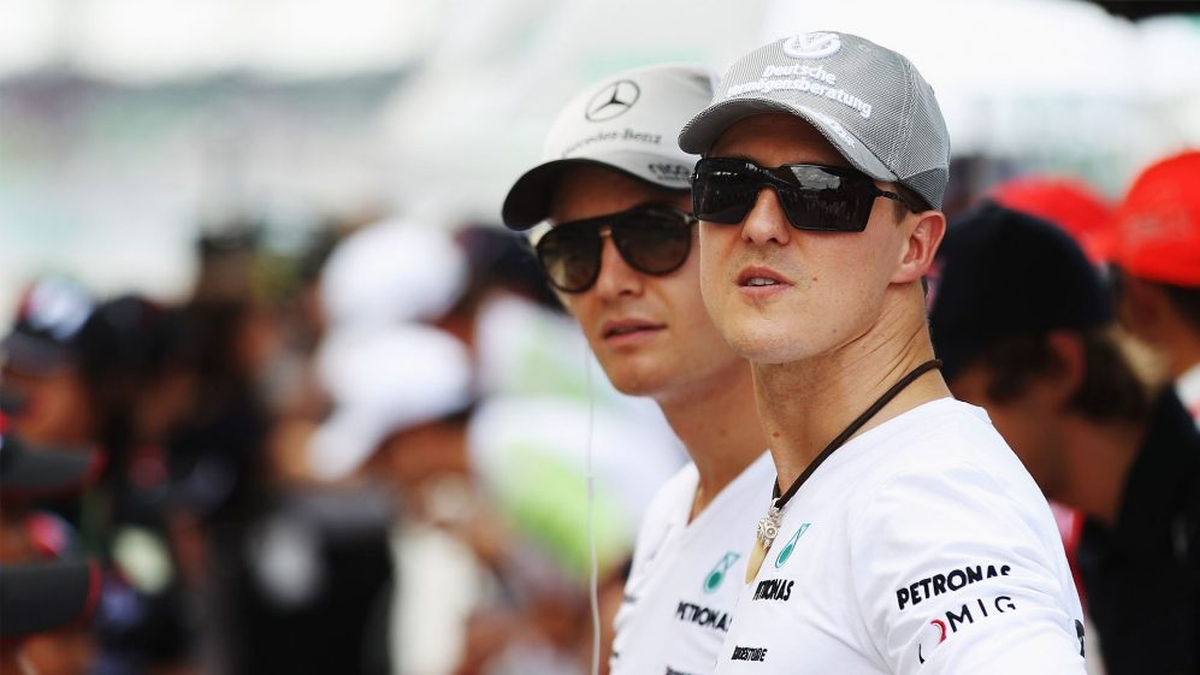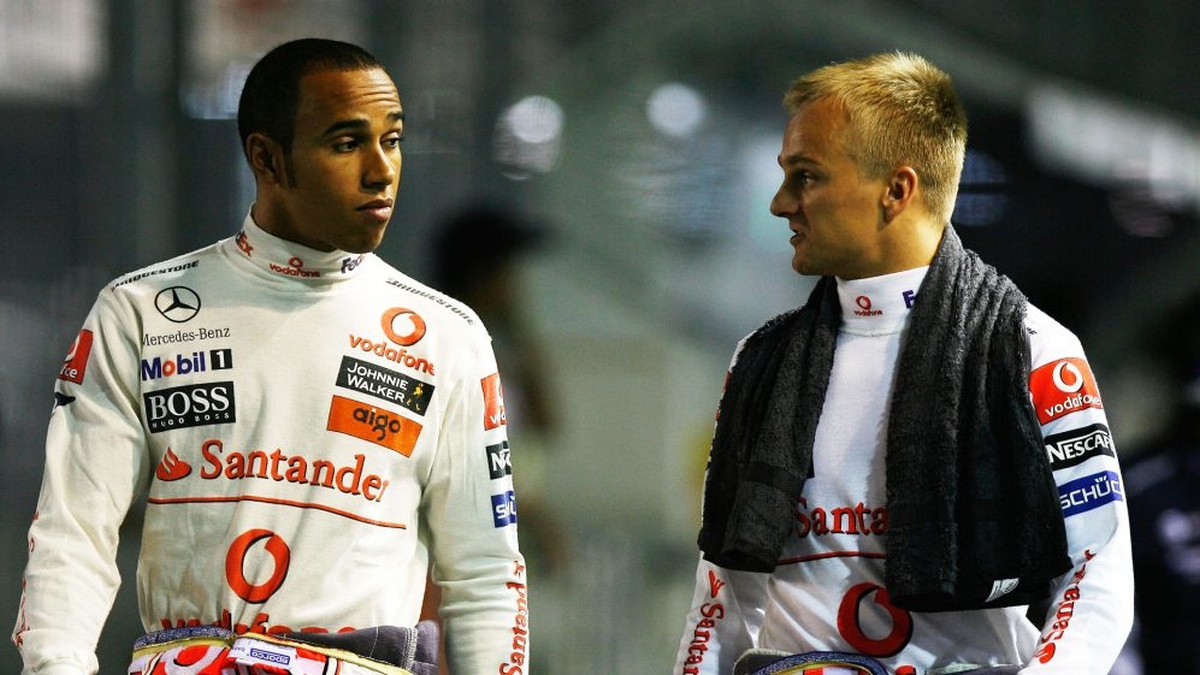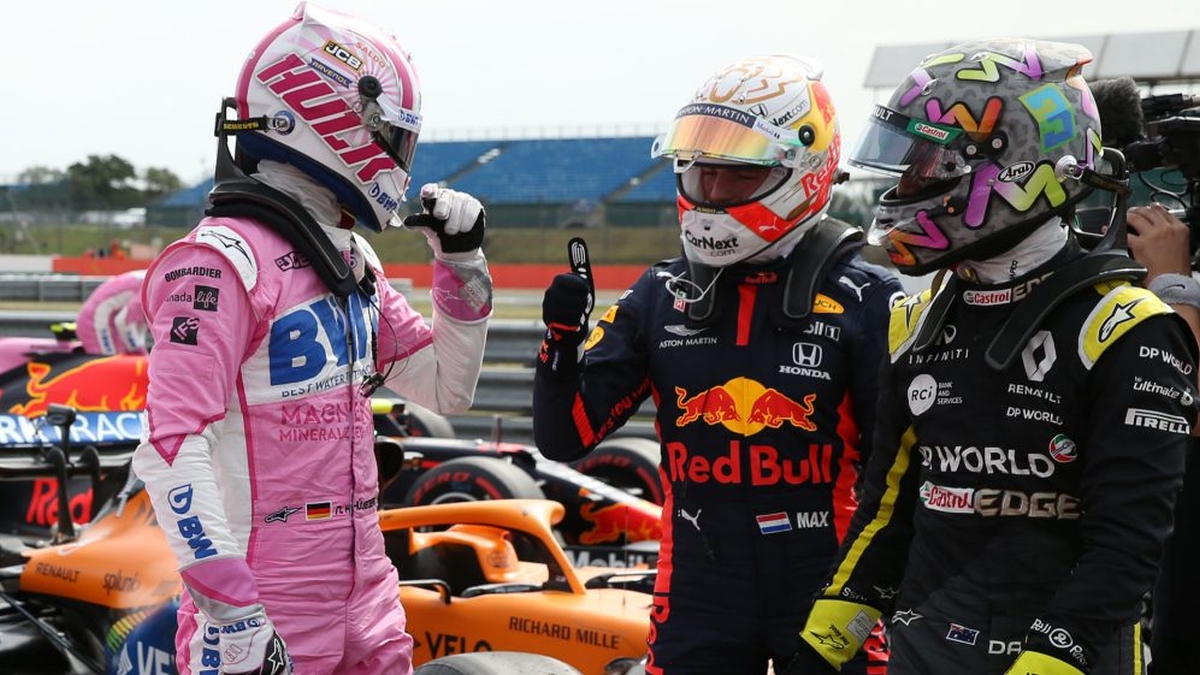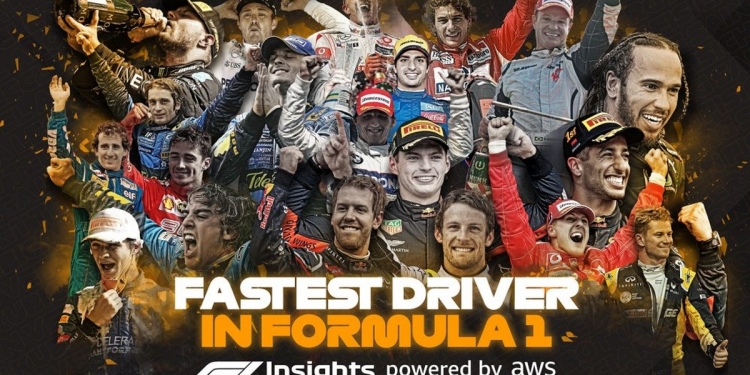Formula 1 fans have long debated on the topic: Who is the fastest F1 driver of all time? The new-er generation of fans might name six-time F1 champion Lewis Hamilton as the GOAT, while others might name Michael Schumacher (who has one more World Championship at seven). However, the discussion has been never-ending—it’s difficult to make direct comparisons between drivers from different eras, particularly in motorsports, where the cars have drastically evolved over the years.
Thanks to a collaboration between F1 and the Amazon Machine Learning Solutions Lab, we now have an idea on who the fastest driver in F1 has been over the past 40 years or so. The F1 Insight is powered by Amazon Web Services (AWS), with machine learning used to assess qualifying performances from F1 drivers over the past few decades. To make things fair—because a driver’s absolute qualifying time is heavily affected by his car/team—performance is measured against teammates who are using identical vehicles.

According to F1, this means that “a driver of a backmarker car has just as much chance of showing up well as a driver who was fighting for pole positions.” Other factors such as crashes, failures, and weather have also been taken into account to ensure a “fair ranking”.
To attain the ranking list, qualifying time sheets from every qualifying session since 1983 were considered, although only teammates who have participated in at least five qualifying sessions alongside one another would be included. Meanwhile, other factors such as age, and even comeback stories (such as Schumacher himself) affect the overall score of a driver.

Ultimately, the rankings are basically based on “raw speed”. Without any further ado, this is the Top 20 fastest drivers in the modern era:
- Ayrton Senna
- Michael Schumacher
- Lewis Hamilton
- Max Verstappen
- Fernando Alonso
- Nico Rosberg
- Charles Leclerc
- Heikki Kovalainen
- Jarno Trulli
- Sebastian Vettel
- Rubens Barrichello
- Nico Hulkenberg
- Valtteri Bottas
- Carlos Sainz
- Lando Norris
- Daniel Ricciardo
- Jenson Button
- Rubert Kubica
- Giancarlo Fisichella
- Alain Prost
As you can see, the fastest driver of the past 40 odd years—at least, over qualifying—is none other than the great Ayrton Senna. Senna, who sadly passed away at the 1994 San Marino Grand Prix, scored 65 pole positions from qualifying in his F1 career, and is recognised as one of the all-time greats of motorsports. In fact, Schumacher and Hamilton (2nd and 3rd respectively) have both stated in the past that Senna would have achieved even more poles, had the tragic accident not occured.

Also impressive is the inclusion of a number of current-day F1 drivers: Hamilton (of course), Red Bull’s Max Verstappen, and other up-and-coming drivers such as Charles Leclerc. The rankings, as promised, also include several drivers who race(d) for mid-to-backmarker teams, including Jarno Trulli (Renault, Toyota, Minardi), Lando Norris (McLaren), and Giancarlo Fisichella (Renault, Minardi).
It’s worth noting that there are other factors that come into play during an F1 race (or any other race, for that matter). The above rankings are done by machine learning analysis exclusively based on qualifying times—essentially, how quick a driver is on a single lap on an empty (for the most part) track. For example, Nico Hulkenberg comes in at 12th on the list, despite the fact that the German driver has so far failed to achieve a podium finish in 178 Grands Prix.
According to Rob Smedley, F1’s Director of Data Systems:
“Qualifying speed is something that we can be really quite clear about. If you think about race pace, there’s a lot of nuances to that race pace, and it’s sometimes difficult to pull it out. A qualifying lap is a single lap, you’ve got two guys in the same car and they go out and do a single lap, and the better driver will end up with the better lap. There’s not much ambiguity about that single data point, so that’s the data point that we’re using.”
To find out more, click here.
[ SOURCE ]








